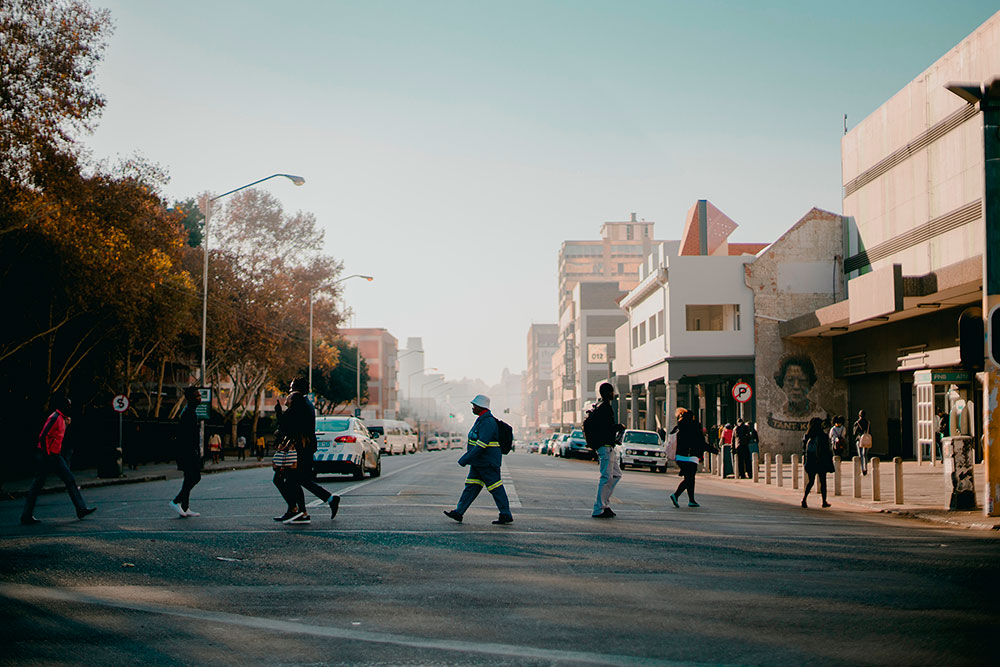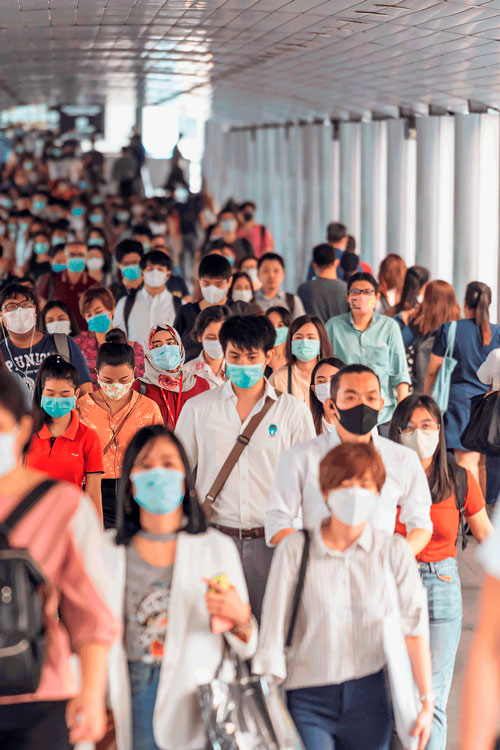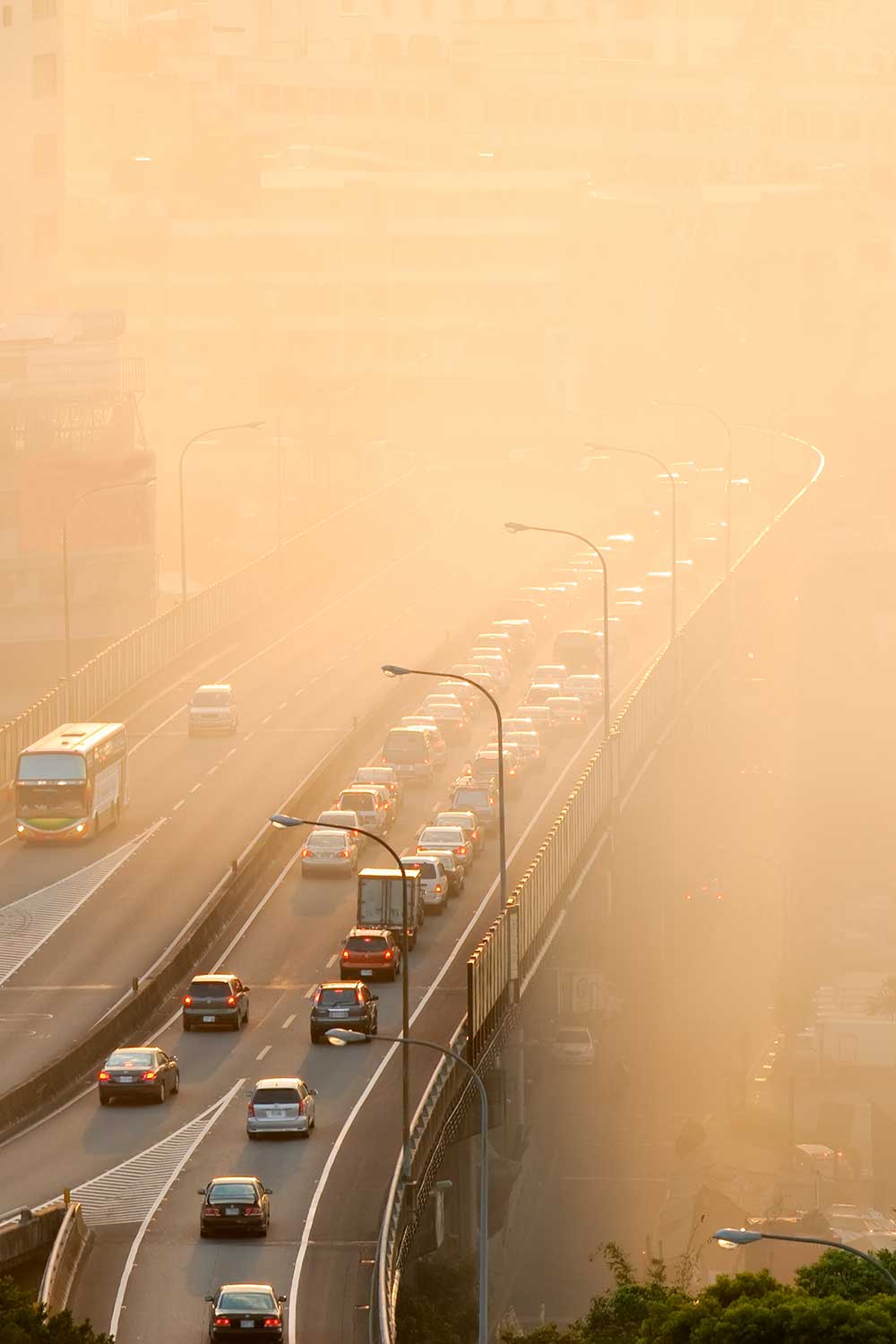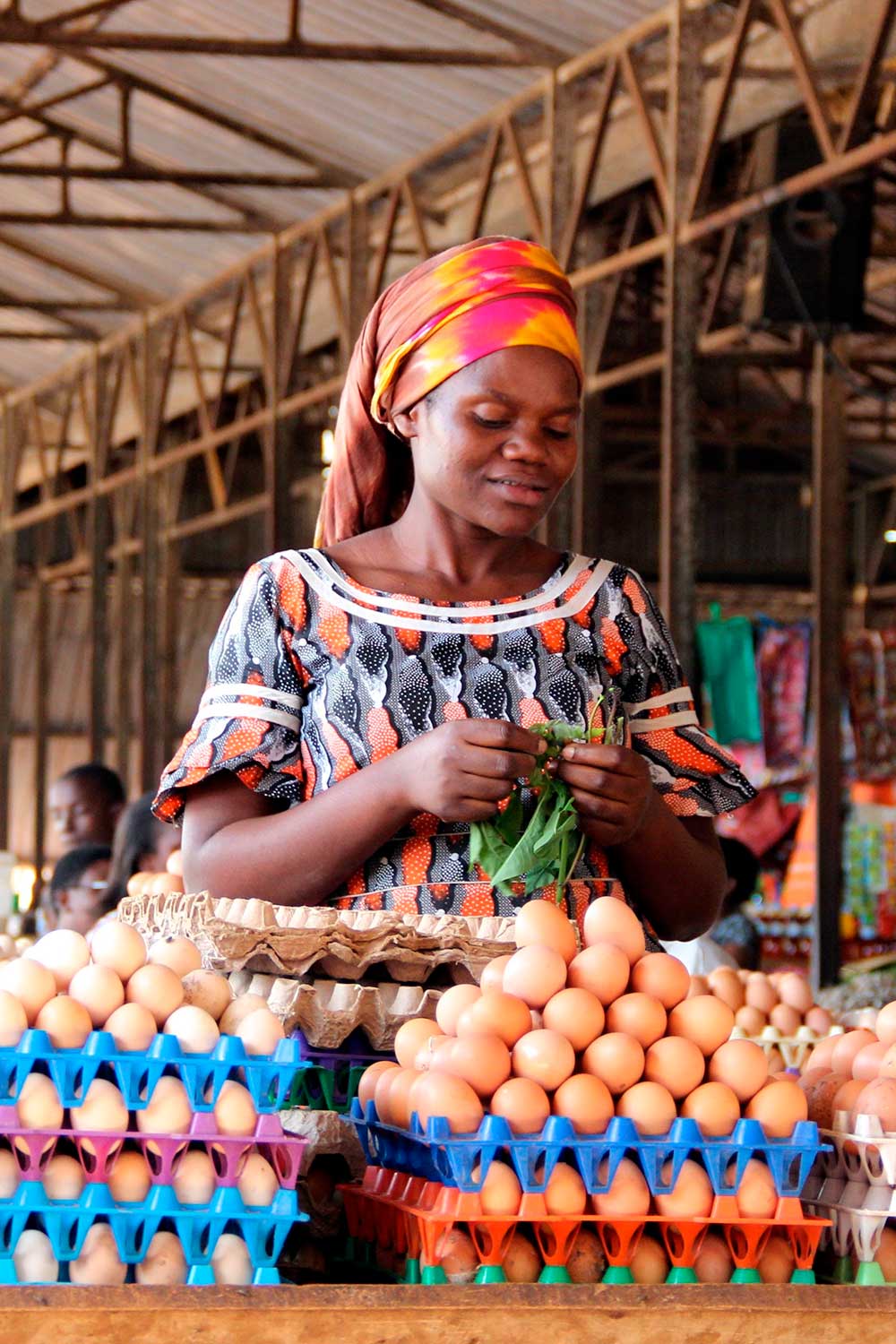
Urban resilience
Resilience is the ability of individuals, communities, cities, institutions, systems and societies to prevent, resist, absorb, adapt, respond and recover positively, efficiently and effectively when faced with a wide range of risks, while maintaining an acceptable level of functioning without compromising the future.
Resilience at a city level recognises the urban area as a dynamic and complex system that must continually adapt to various challenges in an integrated and holistic manner. Building resilient cities is a quality of sustainable urban development, as much as a driver of development itself.
Urban resilience refers to the ability of cities and other human settlements to resist and recover from shocks and stresses, while undergoing a transformation into more sustainable urban systems. A resilient city assesses, plans and acts to prepare for and respond to all hazards, whether sudden or slow-onset, expected or unexpected.






